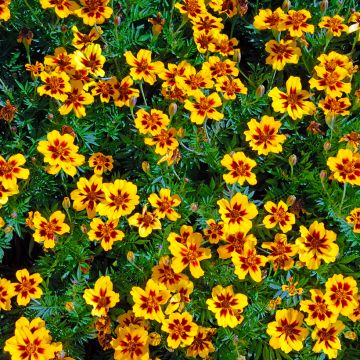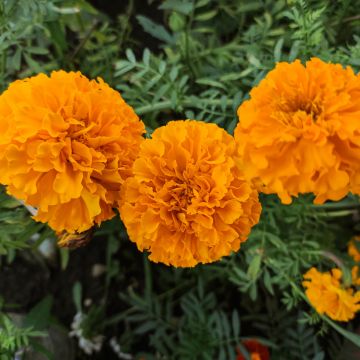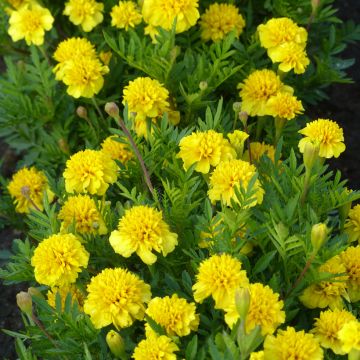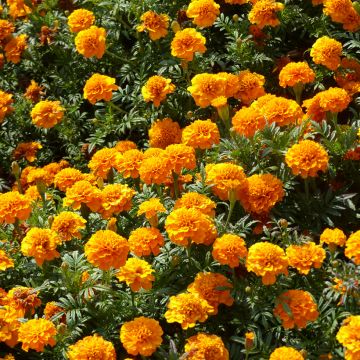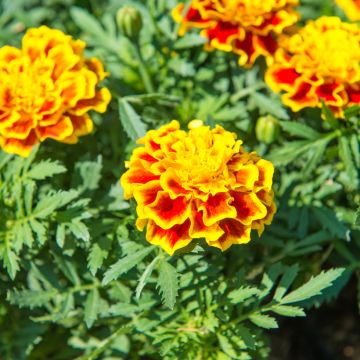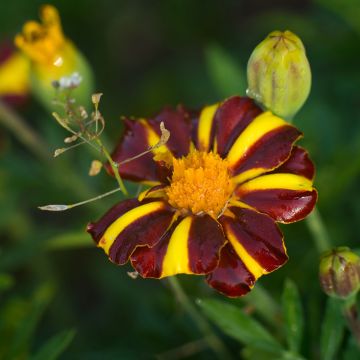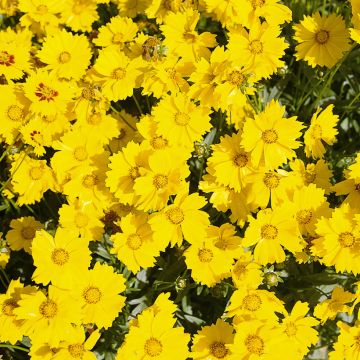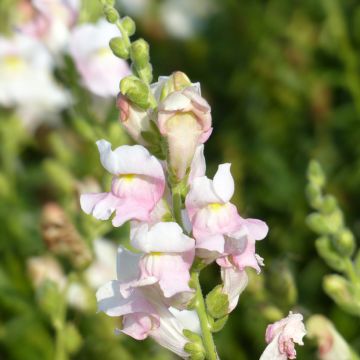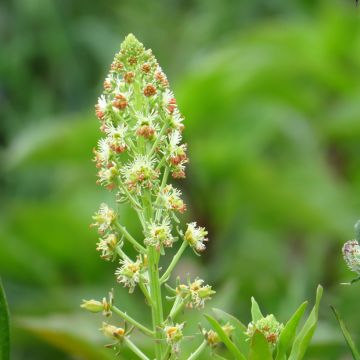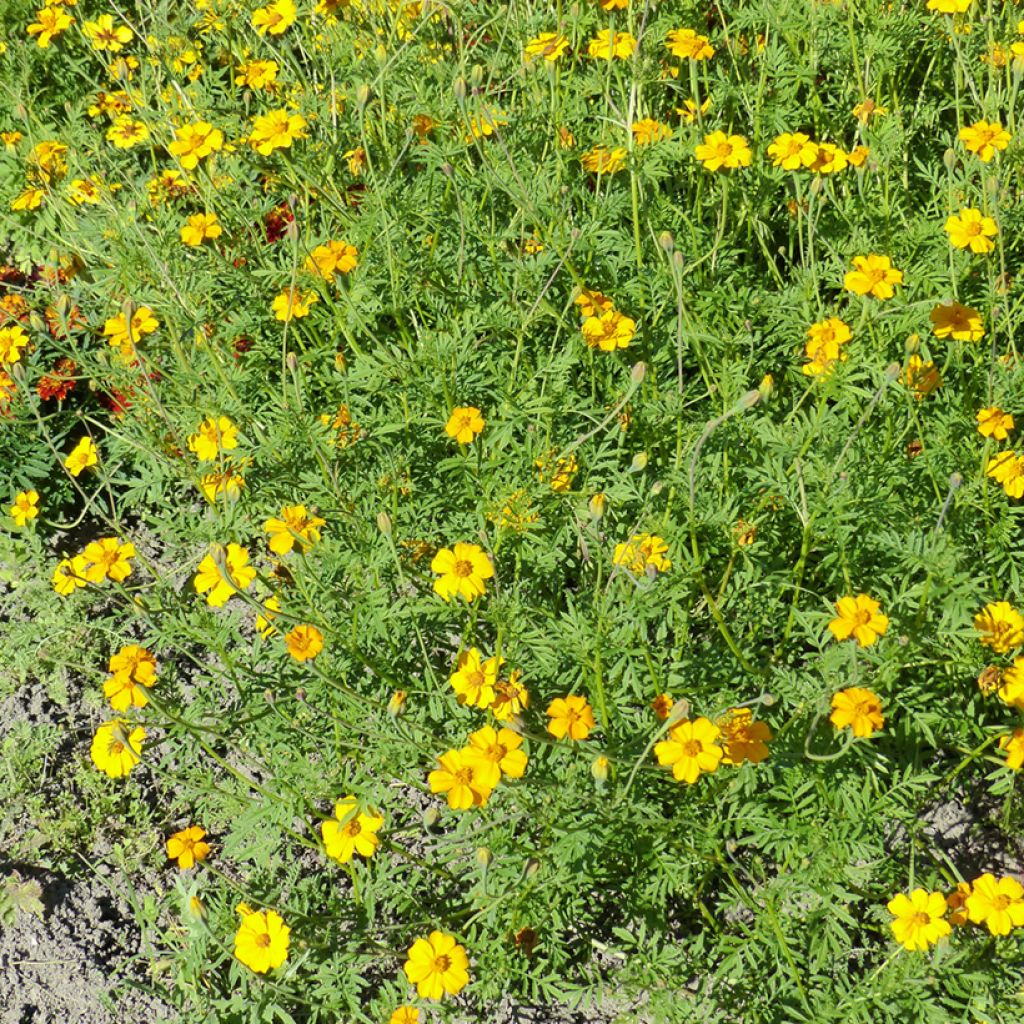

Tagetes patula Nematode Control
Tagetes patula Nematode Control
Tagetes patula Nématode Control
French Marigold, Marigold, Bonanza
Germinated very well
Isabelle, 02/06/2025
Special offer!
Receive a €20 voucher for any order over €90 (excluding delivery costs, credit notes, and plastic-free options)!
1- Add your favorite plants to your cart.
2- Once you have reached €90, confirm your order (you can even choose the delivery date!).
3- As soon as your order is shipped, you will receive an email containing your voucher code, valid for 3 months (90 days).
Your voucher is unique and can only be used once, for any order with a minimum value of €20, excluding delivery costs.
Can be combined with other current offers, non-divisible and non-refundable.
Home or relay delivery (depending on size and destination)
Schedule delivery date,
and select date in basket
This plant carries a 6 months recovery warranty
More information
We guarantee the quality of our plants for a full growing cycle, and will replace at our expense any plant that fails to recover under normal climatic and planting conditions.
Would this plant suit my garden?
Set up your Plantfit profile →
Description
The Nematode Control French Marigold is the ecological solution for nematode control. Nematodes are small microscopic worms that live in water and soil, and some species parasitise many decorative plants (roses) or vegetables (potatoes, tomatoes, lettuces, carrots, beets, eggplants, squashes, etc.).
Symptoms are often difficult to attribute to nematodes, as they are common to other diseases. You will observe the following: signs of deficiencies; wilting of leaves; and smaller leaves, fruits, and vegetables. On root vegetables, you may see small cysts and an increase in the number of rootlets. It is generally a specific species that attacks each plant or vegetable species. French Marigold and African Marigold have long been recognised for their repellent effect against these parasites.
The Nematode Control French Marigold has been specially selected for its strong action and broad spectrum of action against many species of nematodes. Planted around roses, shrubs, or between rows of vegetables, Tagetes patula nana Nematode Control will protect your vegetable crops and give vigour to your decorative plants. While its flowers are smaller than those of its decorative counterparts, they are still abundant and will add a touch of colour to your garden from June to the frost.
The ecological bonus: its melliferous flowers will attract bees, butterflies, and other pollinators to your garden. After the first frost, bury the plants in the soil. They will still maintain the repellent effect against nematodes for some time and contribute to the renewal of organic matter in your soil.
Originally from South America, French Marigolds thrive in sunny or semi-shaded positions in all types of soil, even poor and dry ones. They tolerate summer drought very well. The French Marigold is an annual herbaceous plant forming a small, highly branched bush 60 cm (23.6 in) tall and 40 cm (15.7 in) wide, producing numerous single flowers. The numerous angular stems bear orange heads at their tips from June to frost. The flower is 4 to 5 cm (1.6 to 2 in) in diameter. As with the majority of Tagetes, the 4 to 10 cm (1.6 to 3.9 in) long leaves are deeply cut and give off a slight characteristic scent of citrus and pepper. This French Marigold is very easy to grow and can be cultivated in vegetable gardens, in flower beds, or as a tall border.
Flowering
Foliage
Plant habit
Botanical data
Tagetes
patula
Nématode Control
Asteraceae
French Marigold, Marigold, Bonanza
South America
Other Tagetes seeds
View all →Planting and care
Two options are available to you: sow Marigolds under cover in March-April, and transplant them at a good distance (20 to 25 cm (7.9 to 9.8 in)) in your flower beds, 5 to 6 weeks after sowing. This sowing can be done in buckets for easier transplanting or in traditional seed trays. An ideal temperature of around 18 to 20 °C (64.4 to 68 °F) is needed for good seed germination. Germination usually takes about fifteen days. Or sow them directly in place at the end of April or the beginning of May, and then thin out the rows 5 weeks later to give them enough space to grow. In the early stages, keep a close eye on your seedlings as snails are fond of these young plants. By removing faded flowers, you will encourage their renewal.
Sowing period
Intended location
Planting & care advice
-
, onOrder confirmed
Reply from on Promesse de fleurs
Similar products
Haven't found what you were looking for?
Hardiness is the lowest winter temperature a plant can endure without suffering serious damage or even dying. However, hardiness is affected by location (a sheltered area, such as a patio), protection (winter cover) and soil type (hardiness is improved by well-drained soil).

Photo Sharing Terms & Conditions
In order to encourage gardeners to interact and share their experiences, Promesse de fleurs offers various media enabling content to be uploaded onto its Site - in particular via the ‘Photo sharing’ module.
The User agrees to refrain from:
- Posting any content that is illegal, prejudicial, insulting, racist, inciteful to hatred, revisionist, contrary to public decency, that infringes on privacy or on the privacy rights of third parties, in particular the publicity rights of persons and goods, intellectual property rights, or the right to privacy.
- Submitting content on behalf of a third party;
- Impersonate the identity of a third party and/or publish any personal information about a third party;
In general, the User undertakes to refrain from any unethical behaviour.
All Content (in particular text, comments, files, images, photos, videos, creative works, etc.), which may be subject to property or intellectual property rights, image or other private rights, shall remain the property of the User, subject to the limited rights granted by the terms of the licence granted by Promesse de fleurs as stated below. Users are at liberty to publish or not to publish such Content on the Site, notably via the ‘Photo Sharing’ facility, and accept that this Content shall be made public and freely accessible, notably on the Internet.
Users further acknowledge, undertake to have ,and guarantee that they hold all necessary rights and permissions to publish such material on the Site, in particular with regard to the legislation in force pertaining to any privacy, property, intellectual property, image, or contractual rights, or rights of any other nature. By publishing such Content on the Site, Users acknowledge accepting full liability as publishers of the Content within the meaning of the law, and grant Promesse de fleurs, free of charge, an inclusive, worldwide licence for the said Content for the entire duration of its publication, including all reproduction, representation, up/downloading, displaying, performing, transmission, and storage rights.
Users also grant permission for their name to be linked to the Content and accept that this link may not always be made available.
By engaging in posting material, Users consent to their Content becoming automatically accessible on the Internet, in particular on other sites and/or blogs and/or web pages of the Promesse de fleurs site, including in particular social pages and the Promesse de fleurs catalogue.
Users may secure the removal of entrusted content free of charge by issuing a simple request via our contact form.
The flowering period indicated on our website applies to countries and regions located in USDA zone 8 (France, the United Kingdom, Ireland, the Netherlands, etc.)
It will vary according to where you live:
- In zones 9 to 10 (Italy, Spain, Greece, etc.), flowering will occur about 2 to 4 weeks earlier.
- In zones 6 to 7 (Germany, Poland, Slovenia, and lower mountainous regions), flowering will be delayed by 2 to 3 weeks.
- In zone 5 (Central Europe, Scandinavia), blooming will be delayed by 3 to 5 weeks.
In temperate climates, pruning of spring-flowering shrubs (forsythia, spireas, etc.) should be done just after flowering.
Pruning of summer-flowering shrubs (Indian Lilac, Perovskia, etc.) can be done in winter or spring.
In cold regions as well as with frost-sensitive plants, avoid pruning too early when severe frosts may still occur.
The planting period indicated on our website applies to countries and regions located in USDA zone 8 (France, United Kingdom, Ireland, Netherlands).
It will vary according to where you live:
- In Mediterranean zones (Marseille, Madrid, Milan, etc.), autumn and winter are the best planting periods.
- In continental zones (Strasbourg, Munich, Vienna, etc.), delay planting by 2 to 3 weeks in spring and bring it forward by 2 to 4 weeks in autumn.
- In mountainous regions (the Alps, Pyrenees, Carpathians, etc.), it is best to plant in late spring (May-June) or late summer (August-September).
The harvesting period indicated on our website applies to countries and regions in USDA zone 8 (France, England, Ireland, the Netherlands).
In colder areas (Scandinavia, Poland, Austria...) fruit and vegetable harvests are likely to be delayed by 3-4 weeks.
In warmer areas (Italy, Spain, Greece, etc.), harvesting will probably take place earlier, depending on weather conditions.
The sowing periods indicated on our website apply to countries and regions within USDA Zone 8 (France, UK, Ireland, Netherlands).
In colder areas (Scandinavia, Poland, Austria...), delay any outdoor sowing by 3-4 weeks, or sow under glass.
In warmer climes (Italy, Spain, Greece, etc.), bring outdoor sowing forward by a few weeks.































